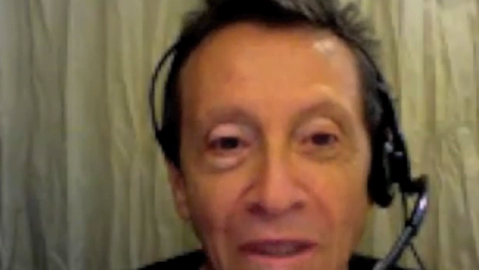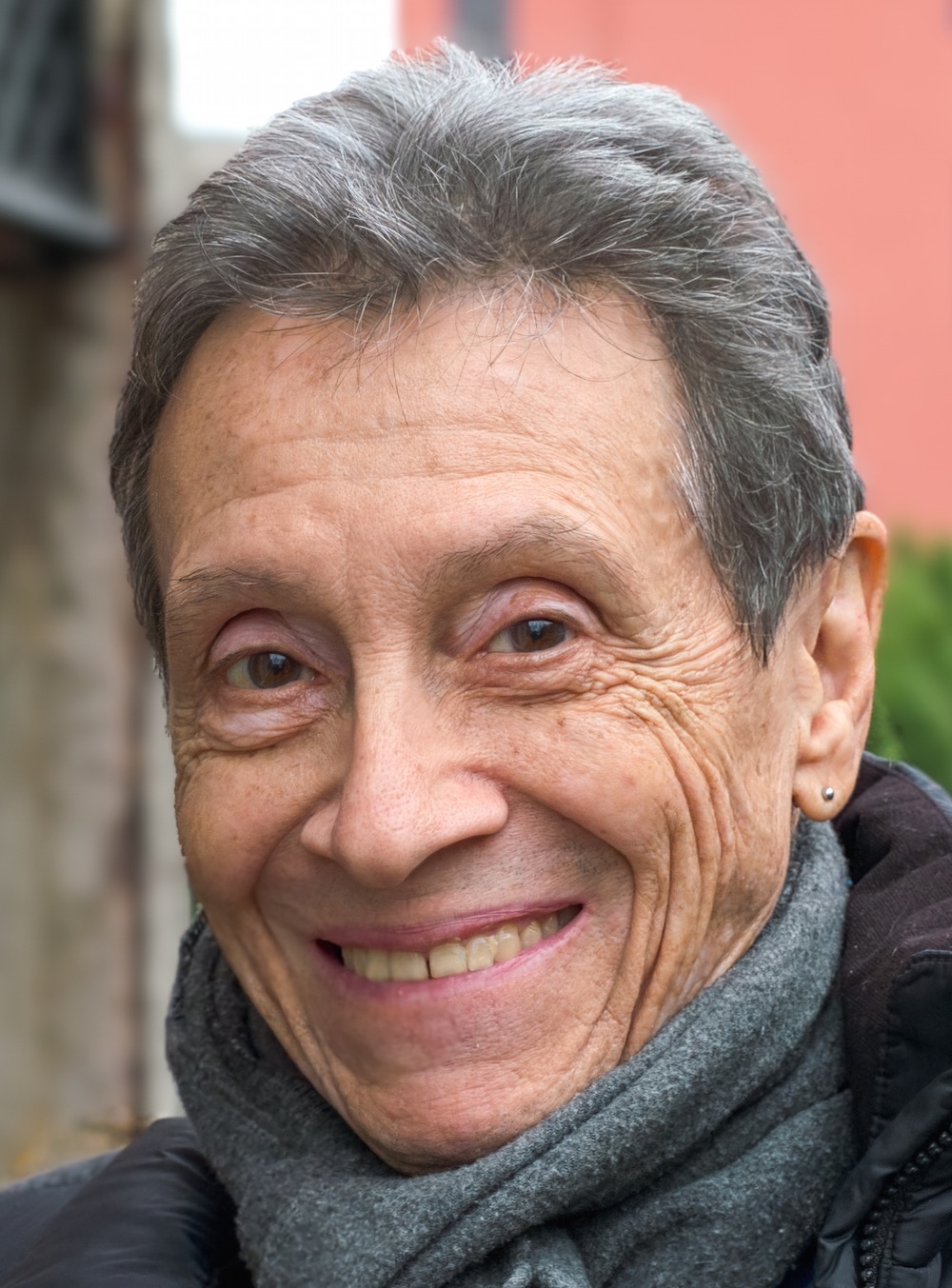 It pleases me to announce my immediate and ongoing availability for webinars, remote live lectures and virtual class visits, as well as online project consultancy. These are designed for independent groups, schools, commercial and non-profit galleries and artists’ spaces, museums, and other organizations and institutions that consider my work relevant to their constituencies.
It pleases me to announce my immediate and ongoing availability for webinars, remote live lectures and virtual class visits, as well as online project consultancy. These are designed for independent groups, schools, commercial and non-profit galleries and artists’ spaces, museums, and other organizations and institutions that consider my work relevant to their constituencies.
So, if you and others you know personally, or your organization or institution, want to engage with me directly and in real time, contact me and we’ll make that happen.
•
Structural options include:
- Framework — modular and customizable. Can be tailored in relation to number of participants, participant level (beginner/intermediate/advanced), session schedule, hours per session, number of sessions, session content, content delivery formats (readings, video lectures, live q&a/dialogue, etc.).
- Time frame for engagement — from single-session encounters to a semester-long sequence of once-weekly meetings.
- Duration of individual sessions — from 1-3 hours. I can adjust webinar structure to meet class-hour requirements for any educational institution, and can include office hours for advisement.
- Webinar size — for groups of up to 12 participants, this limit set to enable discussion including all participants.
- Lecture series — for groups of up to 25 participants, a set of pre-recorded video lectures (Keynote presentations with voiceovers), followed by live q&a sessions.
- Live lectures, keynote addresses — drawn from my repertoire of current lecture topics, or created specifically for the occasion. For as many invitees as available technology allows.
- Project consultancy — single-session to multi-session. Available to individuals as well as groups, organizations, etc., at any point in project development.
- Symposium/panel participation — available for involvement in symposia and panels organized and presented by others, as panelist or moderator.
Content options include:
- Coursepacks of selected readings in PDF/ebook format (included at no extra charge).
- Pre-recorded video lectures, accessible 24/7 at my YouTube channel.
- Live discussion/q&a sessions.
- In addition to watching any pre-recorded and/or live lectures and doing the assigned readings, plus engagement in live online sessions, participants can fulfill writing assignments to meet coursework requirements for any educational institution.
- Certificate of completion issued upon request.
•
The content of any remote teaching/learning engagement will be decided in advance via discussion with participant group/group leader or authorized supervisor, to select material suitable for participants, who may range from high school through post-graduate to teachers, professionals, specialists in various fields, etc., depending on the particular situation. The final package will determine the fee. Inquire for details.
To maximize the value of real-time webinar sessions, I prefer to make much relevant content — readings, prepared Keynote presentations — available ahead of time, for participants to access and absorb on their own schedules. This makes it possible to concentrate on real-time discussion of these materials and the ideas embodied in them during the online group encounters.
For an example of the preparatory reading materials for a distance-learning webinar, click the following link for An A. D. Coleman Reader, a book-length selection of my writings from 1968 through the present, available here for free downloading in the form of a PDF file. I chose these originally to provide some jumping-off points for a discussion of my work that took place at the Museum of Modern Art in New York in September 2018.
This set of essays intentionally represents the span of my writing, in terms of both longevity and diversity of issues addressed. However, I can also assemble more narrowcast and targeted compilations — on documentary and photojournalism, alternative processes, directorial photography, photo education, curatorial practices, and numerous other subjects.
•
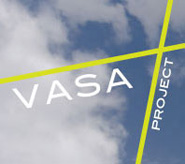 Some background: I started to teach online classes in 2010, introduced to that process (and mentored in it) by Roberto Muffoletto of the VASA Project. (For videos of some of those sessions, posted at my YouTube channel, click here.) In 2014 I engaged in a series of online “reading room” encounters with a cluster of artists in Ontario, Canada, organized by Ruth Skinner. (Click here for brief statements summarizing that project, and here for videos of the sessions at my YouTube channel.) Those represent my most extensive engagements with remote learning, but I have done shorter courses and even one-shot virtual class visits intermittently in between and ever since.
Some background: I started to teach online classes in 2010, introduced to that process (and mentored in it) by Roberto Muffoletto of the VASA Project. (For videos of some of those sessions, posted at my YouTube channel, click here.) In 2014 I engaged in a series of online “reading room” encounters with a cluster of artists in Ontario, Canada, organized by Ruth Skinner. (Click here for brief statements summarizing that project, and here for videos of the sessions at my YouTube channel.) Those represent my most extensive engagements with remote learning, but I have done shorter courses and even one-shot virtual class visits intermittently in between and ever since.
I immediately found the virtual classroom and the webinar format not just viable but extremely appealing as a teaching/learning environment. True, you lose the psychological experience of coming together in the same physical space — the pedagogical equivalent of the roar of the greasepaint and smell of the crowd. Coordinating virtual meetings with people in different time zones also presented a not inconsiderable challenge.
Yet the convenience of not having to travel to some communal space — the time, effort, and money saved — more than compensated for that. This technology made it possible for participation by and involvement with people who otherwise would never have had the opportunity to work with me (and vice versa), coming as they did from many parts of this country and elsewhere in the world, all of us doing so at our relative convenience.
Moreover, I found the software inherently equalizing, creating as it does a virtual equivalent of abandoning the teacher’s desk or podium in favor of everyone sitting around in a circle. Like Rex Stout’s detective Nero Wolfe, “I prefer eyes at a level,” and most conference software defaults to that dynamic, with whoever has the floor — teacher included — simply first among equals for that moment.
•
When I began my engagement with distance learning, back in 2010, we used such applications as iChat, Skype, and Google+ Hangouts, some of them still around. By today’s standards these were, to put it kindly, primitive (at least in their then-current iterations) — subject to a wide range of technical glitches that none will remember with fondness: sudden audio and/or video drop-offs, individual participants inexplicably vanishing and reappearing (or not), screen freezes and such. Extremely frustrating, and not just because they required considerable fussing with the digital tools. These crashes shattered the very transparency that the creators of those apps vowed to provide, distracting all involved from the content of the immediate learning situation by interrupting its flow.
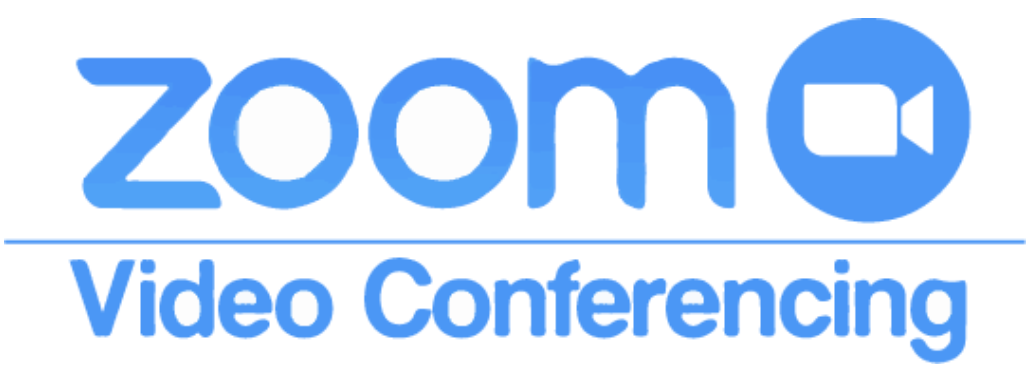 Participation in a recent group call utilizing Zoom demonstrated to me the remarkable extent to which the software enabling video conferencing has evolved since I last engaged with it. At the same time, it reminded me that its underlying concept — creation of a locus for gathering in cyberspace — represents the desideratum for those who invented this astonishing medium as well as those who have moved it forward since: a platform for what a friend of mine calls “knowledge transfer.” I think we have barely scratched the surface of its potential as such.
Participation in a recent group call utilizing Zoom demonstrated to me the remarkable extent to which the software enabling video conferencing has evolved since I last engaged with it. At the same time, it reminded me that its underlying concept — creation of a locus for gathering in cyberspace — represents the desideratum for those who invented this astonishing medium as well as those who have moved it forward since: a platform for what a friend of mine calls “knowledge transfer.” I think we have barely scratched the surface of its potential as such.
If your institution has an in-house or proprietary conference-call system in place, we can use that. Otherwise, inexpensive and/or free options now abound: Zoom (though current security issues concern me); Facebook’s Messenger Rooms; Skype; etc.
•
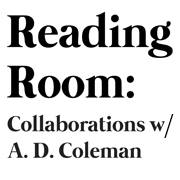 Unquestionably, the COVID-19 pandemic will have as a side effect the drastic reconfiguration of the higher-education environment. Well before the coronavirus struck, a substantial and growing component of post-secondary education had moved online, utilizing both internet and intranet options to a steadily increasing extent. With the post-Y2K student population consisting almost entirely of so-called “digital natives” who take web-based activity and the wired classroom for granted, this seems inevitable in retrospect.
Unquestionably, the COVID-19 pandemic will have as a side effect the drastic reconfiguration of the higher-education environment. Well before the coronavirus struck, a substantial and growing component of post-secondary education had moved online, utilizing both internet and intranet options to a steadily increasing extent. With the post-Y2K student population consisting almost entirely of so-called “digital natives” who take web-based activity and the wired classroom for granted, this seems inevitable in retrospect.
By now most teachers of my acquaintance — even those of the senior persuasion — have experienced and come to terms with this computer- and internet-driven educational environment. I certainly have. That makes the transition to an entirely (or mostly) online approach to their work a difference in quantity but not in kind. If COVID-19 represents (among others things) the tipping point for web-based education, as history may show, then I say be there or be square.
So I look forward to engaging with the most current technologies for remote teaching/learning, to engaging with organizations and institutions here and abroad as they embrace these pedagogical options, and to distilling what I have learned over the past half-century in my field in order to transmit it to others through these new distribution systems for information and knowledge.
If what I have to offer in this regard fits with the interests of your constituency and/or the parameters of your curriculum, I look forward to hearing from you.



